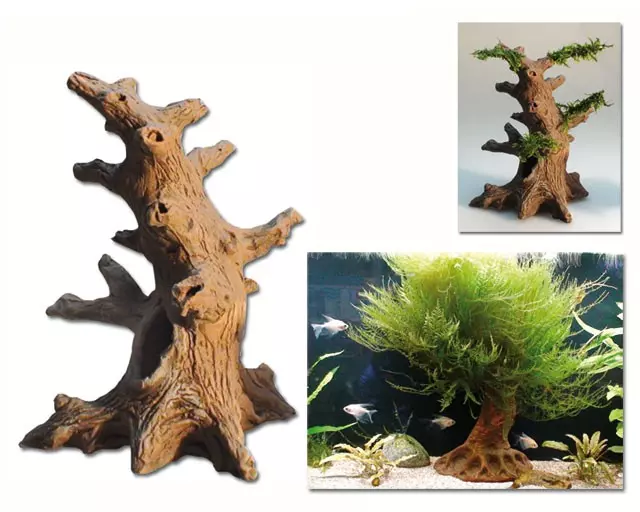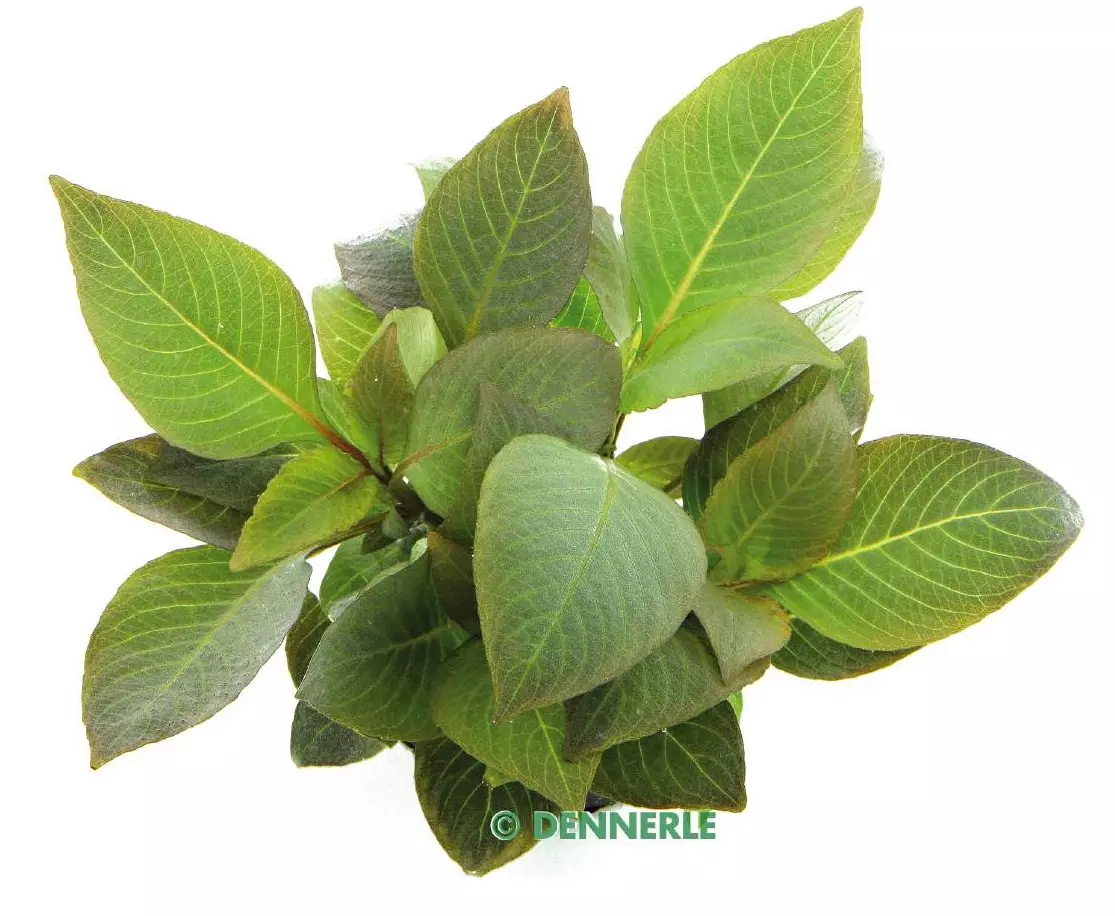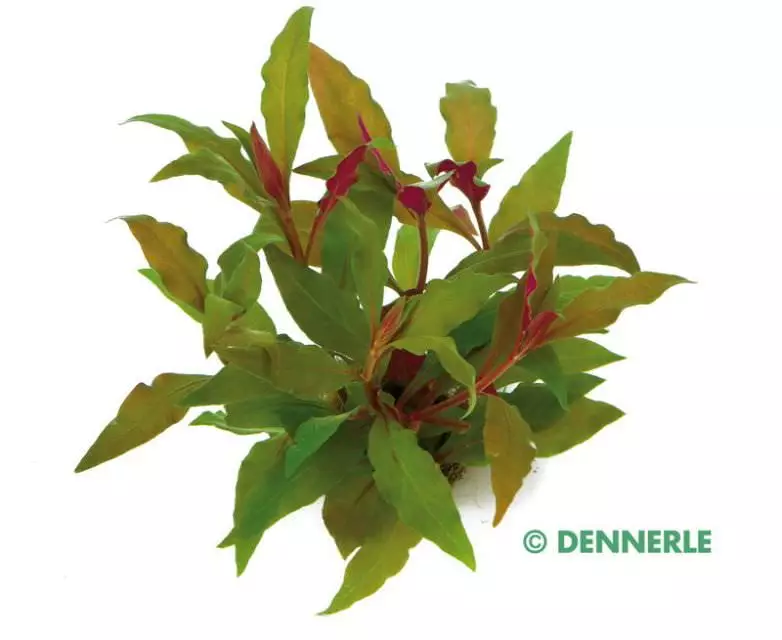CHF 29.00
Stock: 0
Available in 1-3 days, acquisition time 14 days

Echinodorus argentinensis
Argentinischer Froschlöffel - XXL - Mutterpflanze
| max. Wuchshöhe | - 60 cm | Herkunftsland | Argentinien, Brasilien, Uruguay |
|---|---|---|---|
| Eignung | Barschaquarium Gesellschaftsaquarium |
Typ | Rosettenpflanze |
| Familie | Alismataceae | Gattung | Echinodorus |
| Vermehrung | Adventivpflanzen am Blütenstiel | Wuchsgeschwindigkeit | mittel |
| pH | 5 - 9 | Wasserhärte | 0 - 20 °dh |
| Hinweise | Einsteigerpflanze | ||
Die Verbreitung der Schwertpflanzen erstreckt sich von den USA bis nach Argentinien. Die E. argentinensis gehört zu den größer werdenden Arten und benötigt genügend Platz in einer Unterwasserlandschaft. Für offene Aquarien ist sie sehr gut geeignet, ihre kräftigen Blätter über Wasser sehen dekorativ aus. Mit etwas Geduld bilden sich auch Blütentriebe mit weißen Blüten. Nährstoffreicher Bodengrund und eine mittlere bis gute Beleuchtung sind notwendig.
| Aquarium: | Community aquarium, Perch aquarium |
|---|---|
| Genus: | Echinodorus |
| Growth: | medium |
| Origin: | South and Central America |
| Properties: | Mother plants, Rosette plants |
| Stand: | In the background |
Login
28 October 2019 06:33
Guter Informationsfluss, Lieferung innerhalb ein paar Tagen. Schöne Farbe und kräftige Gestalt, eine prächtige Pflanze. Macht sich wunderschön im Aquarium.
Schöne Farbe und kräftige Gestalt, eine prächtige Pflanze. Macht sich wunderschön im Aquarium.
4 June 2017 10:42
Wunderschöne grosse Pflanze
schnelle Lieferung, guter Kontakt















